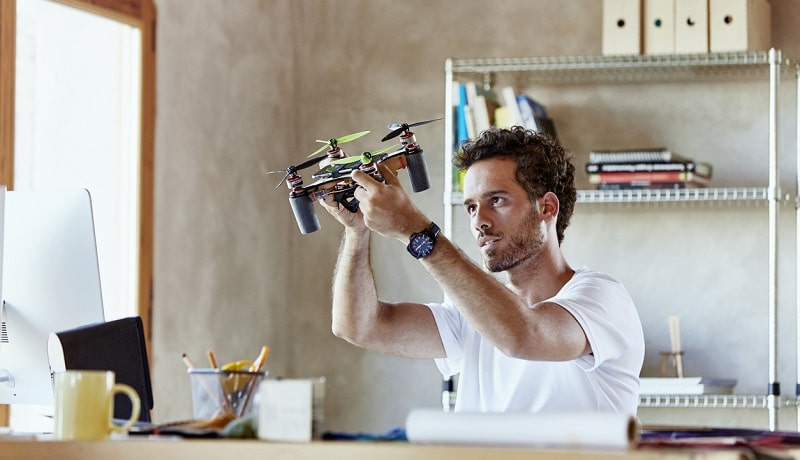When Can Commercial Drones Be Flown?

TechsPlace | When it comes to LiDAR companies and commercial drones, the rules can be a bit confusing. This actually makes a lot of sense when you stop to think about it, though. After all, commercial and recreational drones are both fairly recent technologies that are not necessarily fully developed and regulated at the moment.
Over time, however, the industry has continued to grow, improve and take into consideration the many variables at play with LiDAR companies and drones in general. Still, each jurisdiction, whether it be municipal, provincial or federal, must make its own decisions about what is and isn’t acceptable when it comes to operating these airborne devices.
On the federal government’s part, though, there has been a significant amount of work put into regulating LiDAR companies and commercial drones. This has, in large part, taken the form of amendments and additions to the Canadian Aviation Regulations (CARs). In particular, the ninth part of the document, Remotely Piloted Aircraft Systems, describes many of the rules and regulations implemented by our highest level of government.
Many of these rules and regulations are specific only to drone pilots who operate their craft professionally or for commercial purposes, but many recreational pilots will also have to learn similar information. One of the most important aspects of this education comes from understanding when you can and cannot operate commercial drones. We look at these details in more detail below.
The Right Times to Fly Commercial Drones
When Can Commercial Drones Be Flown?
One of the main overarching rules of drone piloting is that you must be able to see the aircraft at all times. This is an essential safety requirement for both pilots and their drones alike. Crafty rule-followers may interpret this rule at any distance, but the definition of a Visual-line-of-sight (VLOS) by the federal government states:
Visual-line-of-sight means keeping your device in sight at all times without visual aid (for example, binoculars or video feed). This means not flying into clouds or fog or behind trees, buildings, or other (even partial) obstructions.
Can Drones Be Flown at Night?
While there will always be exemptions and exclusions due to special circumstances, the overriding idea behind the VLOS concept indicates that you cannot fly drones, commercial or otherwise, during the nighttime hours.
Can Commercial Drones Be Flown at Twilight?
On occasion, you may find increased leniency with flying commercial drones at night. After all, if you can still clearly observe the airborne object without the need for visual aid, you are still maintaining and abiding by the laws put forth by the federal government. Where caution most likely should be observed is when you plan to begin flying close to twilight hours or intended to fly until after the sun has fully set.
For best results when flying drones at twilight, you should speak with your pilot and operations instructor. As drone pilots must be licensed and named as such, the full training regiment is likely to hold the specific circumstances where these rules may be bent or overridden. Contact an experienced professional to assure you are abiding by the proper laws at all times.
This article is contributed by guest author on techsplace.com.





